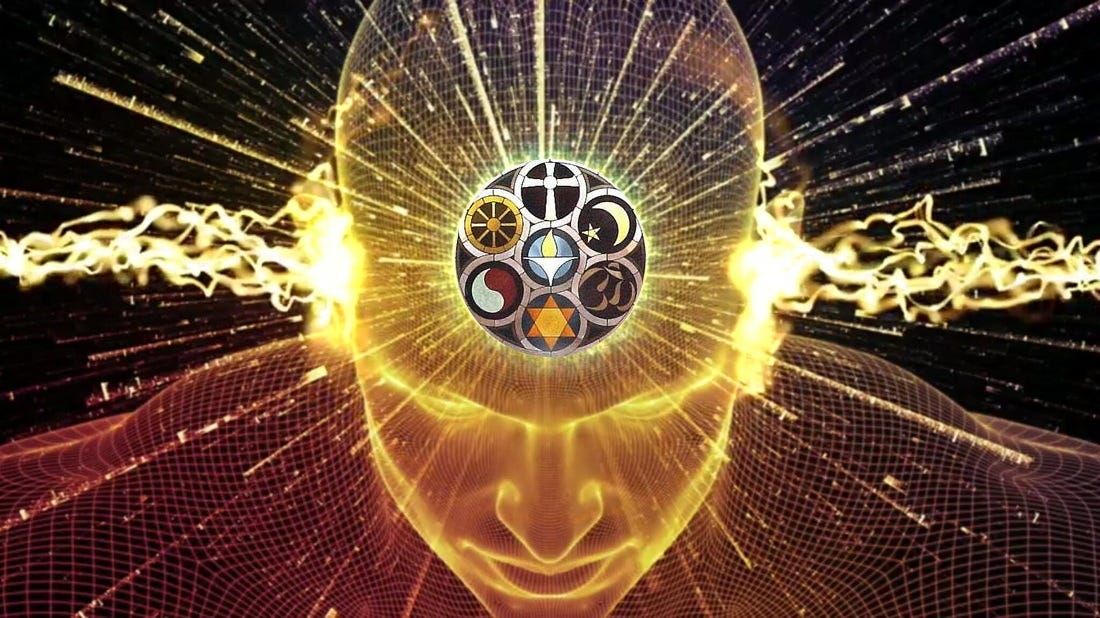zoomacademia.com – The Holocaust, also known as the Shoah, stands as one of the darkest chapters in human history. It was a systematic, state-sponsored genocide carried out by Nazi Germany during World War II, resulting in the deaths of approximately six million Jews, along with millions of others, including Romani people, disabled individuals, political dissidents, LGBTQ+ persons, Slavic people, and others deemed undesirable by the Nazi regime. The Holocaust is not only a stark reminder of the capacity for evil within humanity but also a powerful call to ensure that such atrocities never occur again.
The Rise of Nazi Ideology
The Holocaust did not happen in isolation; it was the culmination of decades of ideological and political buildup. The roots of the Holocaust lie in the rise of Adolf Hitler and the Nazi Party, which gained power in Germany in 1933. Hitler’s regime promoted a virulent form of nationalism, which included an ideology of racial purity, anti-Semitism, and anti-communism. The Nazis believed that the “Aryan” race was superior and sought to eliminate all other races or groups they considered inferior, particularly the Jews.
Anti-Semitism in Europe had existed for centuries, but the Nazis institutionalized this hatred into a deadly and systematic campaign of extermination. Hitler’s book Mein Kampf, published in 1925, laid out his vision for a racially homogeneous German state and identified Jews as the primary enemies of the German people.
The Road to Genocide
Initially, the persecution of Jews and other minorities was characterized by laws and social ostracism. The Nuremberg Laws of 1935 formalized the racial categorization of Jews and excluded them from public life. Jews were stripped of their citizenship, forbidden from marrying non-Jews, and banned from many professions. However, the situation grew progressively worse.
In 1938, the Kristallnacht (Night of Broken Glass) marked a turning point. This pogrom saw widespread violence against Jewish businesses, homes, and synagogues, and thousands of Jews were arrested or sent to concentration camps. It was a harbinger of the horrors that would follow.
The invasion of Poland in 1939, which marked the beginning of World War II, set the stage for a dramatic escalation of Nazi policies. The Nazis quickly established ghettos in occupied territories, forcing Jewish populations into overcrowded and unsanitary conditions. Thousands died from hunger, disease, and violence.
The “Final Solution”
The turning point came in 1941, when the Nazis launched Operation Barbarossa, the invasion of the Soviet Union. The war on the Eastern Front intensified, and the Nazis began systematically murdering Jews in mass shootings and extermination operations. In 1942, the Nazis formalized their plans for the genocide of the Jews in what became known as the “Final Solution” (Endlösung der Judenfrage).
Under the leadership of Heinrich Himmler and Reinhard Heydrich, the Nazis established death camps designed specifically for mass extermination. The most infamous of these camps were Auschwitz-Birkenau, Treblinka, Belzec, Sobibor, Majdanek, and Chelmno. These camps used methods such as gas chambers, shootings, forced labor, starvation, and medical experiments to kill Jews and other targeted groups.
At the death camps, people were systematically separated into those fit for labor and those who were immediately sent to the gas chambers. Whole families were murdered, and bodies were cremated to conceal the scale of the crimes. The Holocaust reached its apex between 1942 and 1944, as the Nazis killed approximately 2 million Jews in extermination camps and nearly 4 million others through other means, including mass shootings and starvation.
The Scope of the Holocaust
While Jews were the primary victims, the Nazis’ racial ideology targeted several other groups. The Romani people (Gypsies), who were also seen as racially inferior, were subjected to forced sterilization, concentration camps, and mass killings. It is estimated that up to 500,000 Romani people were murdered during the Holocaust.
The Nazis also targeted political dissidents, particularly Communists, Socialists, and trade unionists, who were seen as a threat to the Nazi state. In addition, people with disabilities were murdered in a program known as T4, in which over 70,000 disabled individuals, including children, were killed through starvation, lethal injection, or gassing.
The Nazis also persecuted homosexuals, particularly men, subjecting them to imprisonment, forced labor, and death in concentration camps. Slavic people, especially Poles and Soviets, were also viewed as inferior, and millions of them were killed or subjected to forced labor.
Resistance and Survival
Despite the overwhelming scale of the genocide, there were instances of resistance and survival. In the ghettos, underground movements organized uprisings and smuggled Jews out of Nazi-controlled areas. The most notable of these uprisings occurred in the Warsaw Ghetto in 1943, where Jewish fighters managed to hold off Nazi forces for a brief period before being crushed.
In the concentration camps, there were also uprisings, such as the revolt in Sobibor in 1943, when prisoners managed to kill several Nazi guards and escape the camp. These acts of resistance, though small in scale compared to the overall tragedy, were significant as symbols of courage in the face of overwhelming odds.
Many Jews and other victims survived the Holocaust by going into hiding or escaping to neutral countries. Some were hidden by non-Jews who risked their lives to save them, such as the family of Anne Frank, whose diary of survival became one of the most iconic accounts of the Holocaust.
The Aftermath and Nuremberg Trials
The Holocaust came to an end in 1945 with the defeat of Nazi Germany by the Allied forces. The liberation of the concentration camps by American, British, Soviet, and French soldiers revealed the full extent of the atrocities to the world. The images of emaciated survivors, mass graves, and the remains of gas chambers shocked the world and prompted an outpouring of grief and outrage.
The Nuremberg Trials, held from 1945 to 1949, were established to bring Nazi war criminals to justice. Key figures like Hermann Göring, Joseph Goebbels, and Adolf Eichmann were tried for their roles in the genocide. Many high-ranking Nazis were sentenced to death or long prison terms. The Nuremberg Trials set important legal precedents, establishing the principle of accountability for crimes against humanity, genocide, and war crimes.
The Legacy of the Holocaust
The Holocaust has had a profound and lasting impact on the world. It changed the course of history, shaping the post-war international order and influencing the creation of institutions like the United Nations and the International Criminal Court. The atrocities committed during the Holocaust also led to the Universal Declaration of Human Rights in 1948, which enshrines the rights and freedoms of all individuals.
In addition, the Holocaust has become a central subject of education, remembrance, and moral reflection. Holocaust survivors, many of whom have shared their stories, have played a crucial role in keeping the memory of the genocide alive. Museums and memorials around the world, including Yad Vashem in Israel and the United States Holocaust Memorial Museum in Washington, D.C., continue to educate new generations about the dangers of hatred, intolerance, and racism.
Conclusion
The Holocaust serves as a grim reminder of the depths of human cruelty and the importance of safeguarding human rights and dignity for all people, regardless of race, religion, or background. The legacy of the Holocaust continues to challenge us to remember the past and ensure that such atrocities are never repeated. It is incumbent upon each generation to honor the victims and survivors by teaching the lessons of the Holocaust, upholding the values of justice and equality, and standing firm against hate in all its forms.







